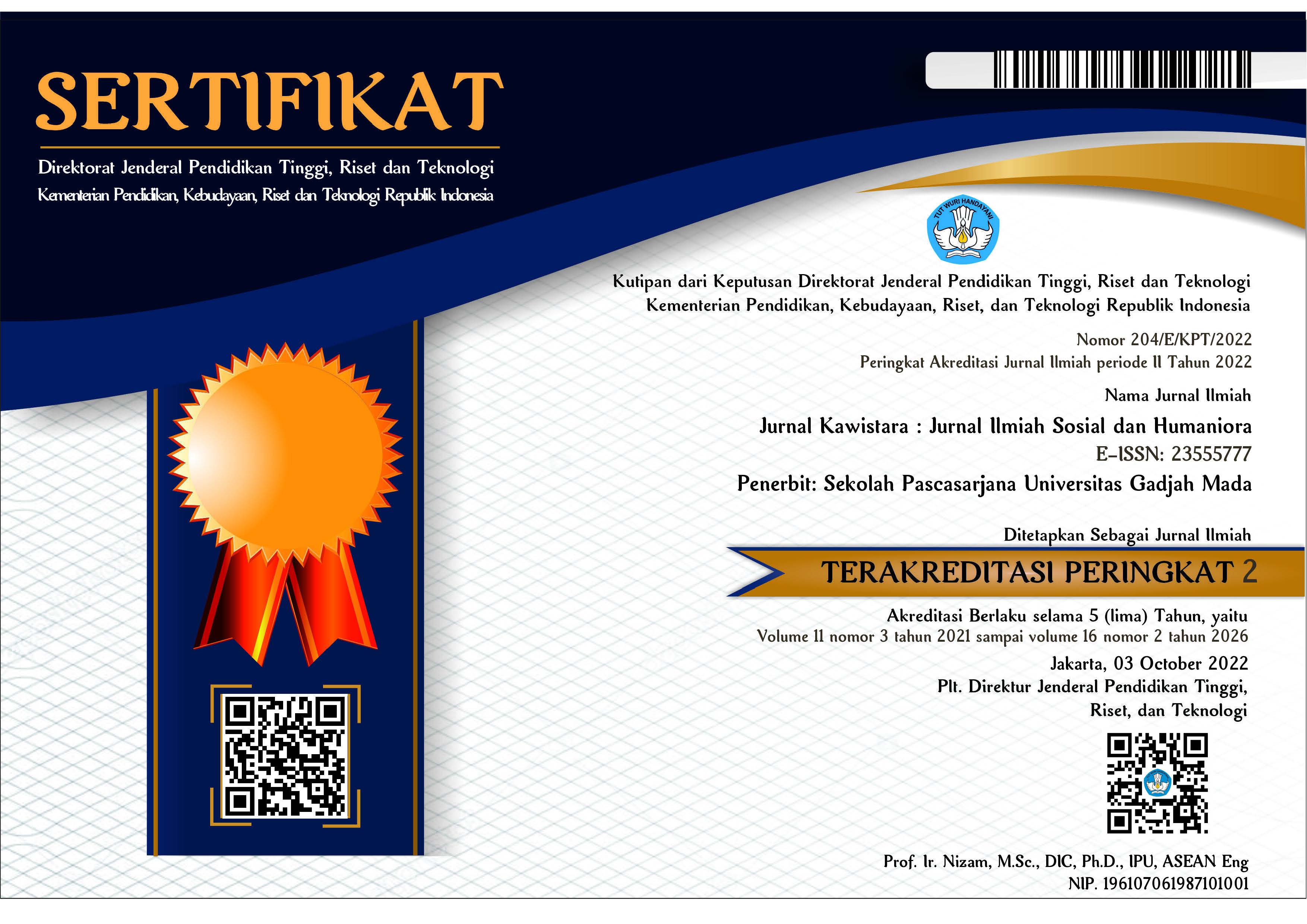Circular Economy Policy of Shrimp Waste as an Effort to Implement Green Economy
Suning Suning(1*), Djoko Adi Walujo(2), Linda Dwi Rohmadiani(3), Prihono Prihono(4)
(1) Urban and Regional Planning Study Program Universitas PGRI Adi Buana Surabaya, Indonesia
(2) Industrial Engineering Study Program Universitas PGRI Adi Buana Surabaya, Indonesia
(3) Urban and Regional Planning Study Program Universitas PGRI Adi Buana Surabaya, Indonesia
(4) Industrial Engineering Study Program Universitas PGRI Adi Buana Surabaya, Indonesia
(*) Corresponding Author
Abstract
This study aims at determining the conditions and characteristics of shrimp waste, the economic value of the potential for shrimp waste, as well as the policy direction for implementing the Circular Economy of Shrimp Waste as a Green Economy Alternative in the Bulak Banteng Kenjeran Coastal Area, Surabaya City. The research method used is descriptive qualitative and quantitative with the process hierarchy analysis technique (AHP). The data collection method was carried out by distributing questionnaires and in-depth interviews with selected respondents. The results showed that the characteristics of shrimp waste in the form of shrimp heads and shells were still not used for economic value activities, and people dumped them in gutters around homes and at sea. The priority policy directions that can be applied to the Circular Economy of Shrimp Waste as an Alternative to a Green Economy are; 1) providing innovation and technology for economic-based shrimp waste processing with a total CR (consistency ratio) value of 1.878; 2) to improve environmental health by not disposing of shrimp waste around the house, the total value of CR is 1.127; and, 3) the government provides a shrimp processing industry for fishermen with a total CR value of 0.094. Each policy priority can be carried out in synergy so that shrimp waste can be handled properly.
Keywords
Full Text:
PDFReferences
Antasari, D. W. (2019). Implementasi Green Economy Terhadap. Jurnal Ekonomi Pembangunan, 5(2), 28–36.
Blomsma, F., & Brennan, G. (2017). The Emergence of Circular Economy: A New Framing Around Prolonging Resource Productivity. Journal of Industrial Ecology, 21(3), 603–614.
https://doi.org/10.1111/jiec.12603 Ellen MacArthur Foundation. (2013). Towards The Circular Economy. Journal of Industrial Ecology, 2, 23–44.
Fauzi, A. (2004). Ekonomi Sumber Daya Alam Dan Lingkungan: Teori dan aplikasi. Jakarta: Gramedia Pustaka Utama.
Fauzi, A., Sugiyanto, C., Gumiri, S., Patria, D., Kuncoro, I., & Jaya, K. (2014). Strategi implementasi pembangunan di Heart of Borneo (HoB) melalui pendekatan ekonomi hijau. Kelompok Kerja Nasional (Pokjanas) Heart of Borneo (HoB). Jakarta: Kementerian Koordinator Bidang Perekonomian Republik Indonesia
Gallaud, D., & Laperche, B. (2016). Circular Economy, Industrial Ecology And Short Supply Chain.
John Wiley & Sons. Gladek, E. (2017). The Seven Pillars of the Circular Economy (p. 1). https://www.metabolic.nl/news/the-seven-pillars-of-the-circular-economy/
Kirchherr, J., Reike, D., & Hekkert, M. (2017). Conceptualizing the circular economy: An analysis of 114 definitions. Resources, Conservation and Recycling, 127(April), 221–232.
https://doi.org/10.1016/j.resconrec.2017.09.005 Ministry for Ecological and Solidary Transition. (2018). Circular Economy Roadmap of France: 50 Measures for a 100% Circular Economy.
https://www.ecologique-solidaire.gouv.fr/sites/default/files/FREC%20anglais.pdf
Nababan, Y. J., Syaukat, Y., Juanda, B., & Sutomo, S. (2014). Tantangan Bagi Pembangunan Berkelanjutan Di Kalimantan Timur: Menuju Inclusive Green Economy. Masyarakat Indonesia, 40(2), 211–228.
Permadi, B. (1992). AHP Pusat Antar Universitas–Studi Ekonomi. Jakarta:Ul.
Radiarta, I. N., Erlania, E., & Haryadi, J. (2016). Analisis Pengembangan Perikanan Budidaya Berbasis Ekonomi Biru Dengan Pendekatan Analytic Hierarchy Process (Ahp). Jurnal Sosial Ekonomi Kelautan Dan Perikanan, 10(1), 47. https://doi.org/10.15578/jsekp.v10i1.1247
Ritzén, S., & Sandström, G. Ö. (2017). Barriers To The Circular Economy–Integration Of Perspectives And Domains. Procedia Cirp, 64, 7-12.
Saaty, T. L. (1993). Pengambilan Keputusan Bagi Para Pemimpin, Proses Hirarki Analitik Untuk Pengambilan Keputusan Dalam Situasi Yang Kompleks. Pustaka Binama Pressindo, 100.
Taurisianti, M. M., & Uktolseja, J. L. A. (2013). Penerapan Blue Economy pada Industri Budidaya Udang dengan Pemanfaat Limbah Kepala dan Kulit Udang untuk Produksi Kitosan Abstrak Pendahuluan Bahan dan Metode. Konferensi Akuakultur Indonesia, 350–355.
Tongco, M. D. C. (2007). Puposive Sampling as a Tool for Informant Selection. Ethnobotany Research and Applications, 5, 147–158.
UNEP, U. (2011). Towards A Green Economy: Pathways To Sustainable Development And Poverty Eradication. Nairobi, Kenya: UNEP.
Wilayah, M. P. D. P. (2003). Tinjauan Aspek Penataan Ruang Dalam Pengelolaan Wilayah Laut Dan Pesisir. In Seminar Umum Dies Natalies ITS Ke (Vol. 43).
Article Metrics
Refbacks
- There are currently no refbacks.
Copyright (c) 2022 Suning Suning;Djoko Adi Walujo;Linda Dwi Rohmadiani:Prihono

This work is licensed under a Creative Commons Attribution-ShareAlike 4.0 International License.
Jurnal Kawistara is published by the Graduate School, Universitas Gadjah Mada.







